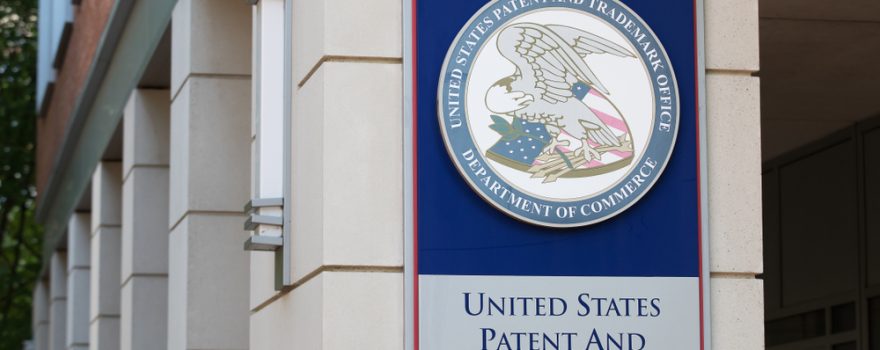
The U.S. Patent and Trademark Office (USPTO) has declared that artificial intelligence (AI) systems cannot be named as inventors in patent applications. The recent guidance, following public hearings, emphasizes that individuals can utilize AI tools in the inventive process but must disclose this information during patent registration.
AI’s Role in Inventions: Limited Recognition
The USPTO underscores that while AI and “non-human entities” cannot be designated as inventors, individuals incorporating AI in their creative process are not disqualified from inventor status. Registering a patent necessitates the disclosure of AI involvement, aligning with the agency’s commitment to transparency.
Significant Contribution Required for Patent Eligibility
Crucially, the person utilizing AI must demonstrate a substantial contribution to the invention’s development to secure a patent. Passive roles, where individuals merely instruct AI systems without actively shaping the inventive process, are deemed ineligible for inventor status. Merely posing a problem to AI, without active engagement, is insufficient for patent consideration.
Demonstrating Intellectual Dominance
The USPTO clarifies that merely supervising or owning an AI system doesn’t confer inventorship. Intellectual dominance over AI, without tangible contribution, remains insufficient for patent eligibility. The agency’s stance seeks to balance innovation and ensure patents are granted based on genuine human contributions.
2020 Precedent: “Natural Humans” Only
This development follows the USPTO’s 2020 ruling, affirming that only “natural humans” can apply for patents. The decision, reinforced by federal courts, rejected a petition by researcher Steven Thaler, who sought to list his DABUS AI system as an inventor. A parallel ruling decreed that AI systems cannot be copyrighted, solidifying the legal landscape surrounding AI-generated innovations.
The USPTO’s firm stance reflects the evolving intersection of AI and intellectual property, urging inventors to actively contribute to the inventive process for patent eligibility.

 Get in Touch
Get in Touch 


